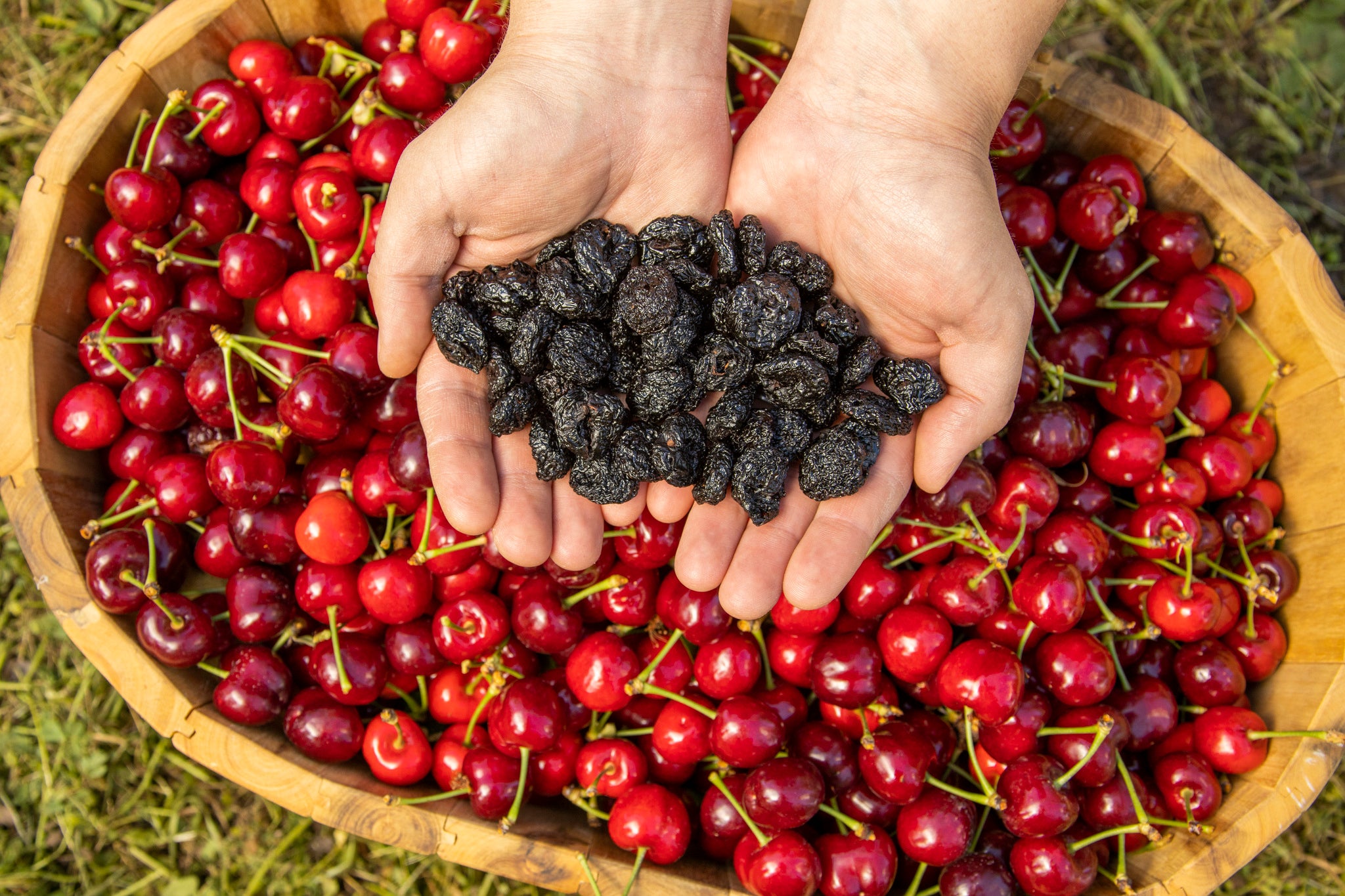10 surprising facts about organic food

Caution, food!
The term “organic” is applied to food that has been grown without the use of pesticides. While some prefer just such products and are even ready to overpay for them, others chuckle, claiming that when cooking food, there are almost no pesticides left in it, so it is foolish to pay more simply for the fact that the farmer allegedly grew it differently. In this review, we will slightly open the veil of secrecy over organic products.
- USDA Organic
Contrary to popular belief, and contrary to the name, the USDA allows the use of a number of pesticides (about 40 names) in food cultivation. If a pesticide is on this list, then the product is certified USDA Organic.
- Saludo, 嗨
Products from Mexico and China.
Most organic food travels over a thousand kilometers from farm to store. Many organic products come from countries such as Mexico and China.
- Didn’t order but paid …
5% inorganic ingredients.
Processed foods that are labeled as completely “organic” (such as oatmeal or cookies) may contain 5% inorganic ingredients.
- Eco-friendly seafood? A banal lie.
There are no rules for determining the sustainability of seafood.
There are no federal rules for determining the “organic” of seafood, as no one can control and verify what is really going on in the ocean. Therefore, if the seafood says “organic”, it is trite not true.
5.33% of microbes are antibiotic resistant
According to researchers from Stanford, the composition of bacteria in organically grown and traditionally grown food is about the same. However, conventionally produced animal products have approximately 33% more antibiotic-resistant microbes.
- Bacteria are more dangerous than pesticides
Be sure to wash organic products thoroughly. Bacteria can actually be far more harmful than pesticides and dirt are on all foods.
- USDA and NOP do not test companies or products!
USDA and NOP (National Organic Program) do not screen companies or products for certification. There are separate specially accredited companies that do this. Also, neither the USDA nor the NOP have anything to do with other countries. Therefore, “organic” garlic from China or peppers from Mexico with the USDA Organic stamp look strange to say the least. While some countries, such as France, have very strict regulations on organic products, China only officially approves 30% of its “organic” products.
- There are no specific recommendations
Organically grown food can be contaminated by spraying adjacent fields. For example, both “organic” and traditionally grown tomatoes are supplied from Mexico. No one can guarantee that they are not grown in neighboring fields and that pesticides do not enter the “open field” through the groundwater when spraying a neighboring field. Moreover, there are no specific guidelines for how far apart organic and conventional products should be grown.
9.No pesticides? 50% more expensive!
Crops grown without the use of pesticides have lower yields, and organic produce is often transported much further from the production site to the store counter. This is why organic products cost 50% more than their traditional counterparts.
- Neonicotinoids are allowed
The five types of pesticides currently approved for use in “clean” crops in the United States are banned in other countries because they are considered unsafe. For example, one such group of pesticides is neonicotinoids. A number of scientists believe that it is they who lead to the death of bees. They also contain chemicals associated with kidney disease, Parkinson’s disease, and the development of birth defects in humans.





